As pet owners, we all want our furry friends to be healthy and happy. One important aspect of our pet’s overall health is their fitness level.
FAQ
Pet insurance is a health insurance policy specifically for your pet. It helps cover the cost of veterinary care, including accidents, illnesses, and preventive care, depending on the plan you choose.
Now is the best time to get pet insurance because veterinary costs are rising, and having coverage can provide financial peace of mind. Early enrollment often means better rates and coverage before any pre-existing conditions develop.
Regular exercise helps senior dogs maintain a healthy weight, reduces the risk of many health issues, and provides mental stimulation, and helps stave off the effects of arthritis. But how do you know if your older pooch is getting enough exercise? That’s where fitness trackers come into play! Below, we’ll go over some tips on how to choose the right one. First, though, let’s go over some basics.
Health Benefits of Regular Exercise for Senior Dogs
Just like older humans, senior dogs need regular exercise to maintain good health. A lack of exercise can lead to a host of health problems, including obesity, heart disease, joint problems, and diabetes. Regular exercise also strengthens the immune system, promotes healthy muscle and bone development, and helps prevent digestive issues. In short, regular physical activity is a fundamental component of your pet’s overall wellness plan.
Some benefits include:
- Joint Health and Flexibility: One of the most significant health concerns for senior dogs is joint stiffness and arthritis. Regular exercise helps maintain flexibility and promotes the health of their joints. Gentle activities like walking or swimming can work wonders in keeping those joints supple.
- Weight Management: Just like their human counterparts, senior dogs may face weight management challenges. Exercise is a fantastic tool to keep those extra pounds at bay. Maintaining a healthy weight is crucial for preventing a myriad of health issues, from diabetes to heart disease.
- Mental Stimulation: Aging doesn’t dull the sharpness of a dog’s mind! Regular exercise stimulates their mental faculties, preventing cognitive decline. Engaging activities like puzzle toys, agility exercises, or even a game of fetch can keep those canine brains active and agile.
- Cardiovascular Health: A strong heart is key to a longer and healthier life. Exercise improves cardiovascular health, ensuring that your senior dog’s ticker keeps beating strong. Consider incorporating activities that get their heart rate up, like brisk walks or gentle runs in a secure area.
- Improved Digestion: Aging can sometimes bring digestive issues for our four-legged friends. Exercise aids in maintaining a healthy digestive system, preventing constipation and promoting regular bowel movements. A daily stroll can do wonders for their overall gastrointestinal health.
- Enhanced Muscle Tone: Just because they’re seniors doesn’t mean they can’t have toned muscles! Routine workouts helps maintain muscle mass, supporting their overall strength and balance. This is particularly important in preventing injuries and improving their ability to navigate their environment.
How Dog Fitness Trackers Work
Fitness trackers for dogs work much the same way as those designed for humans. They usually consist of a device that attaches to your pet’s collar or harness and tracks their movement and activity levels. Most devices will track things like steps taken, distance traveled, and calories burned. Some more advanced fitness trackers also include GPS tracking, which can be useful for keeping track of your pet’s location during exercise or outdoor activities.
Here are a few ways these trackers can help you monitor your older pup’s physical well-being:
- Activity Monitoring: Dog fitness trackers are equipped with advanced sensors that monitor your senior dog’s daily activities. From gentle strolls to playtime in the backyard, these trackers keep a paw on the pulse of their movement, helping you gauge their activity levels.
- Joint-Friendly Exercise Suggestions: Tailored for the unique needs of senior dogs, these trackers provide exercise recommendations that are easy on the joints. Customized suggestions may include low-impact activities like leisurely walks or even aquatic exercises, ensuring your senior pup stays fit without putting undue stress on their aging joints.
- Health Metrics Tracking: Beyond counting steps, fitness trackers for dogs delve into health metrics. For senior dogs, this means monitoring vital signs such as heart rate and sleep patterns. Keeping a watchful eye on these metrics can help identify potential health issues early on, allowing for timely intervention.
- Calorie Management: Senior dogs often require a carefully managed diet. Dog fitness trackers can assist in tracking their calorie expenditure, helping you adjust their meals accordingly. This feature is especially beneficial in maintaining a healthy weight and preventing obesity-related issues.
- Behavioral Patterns Analysis: Changes in behavior can be indicative of underlying health concerns in senior dogs. Fitness trackers analyze behavioral patterns over time, allowing you to detect any deviations from their normal routines. Early detection of changes can prompt veterinary attention and proactive care.
- Temperature Sensing: Senior dogs may be more susceptible to temperature extremes. Some fitness trackers are equipped with temperature sensors, ensuring that your furry friend stays comfortable during outdoor activities. This is crucial for preventing overheating or discomfort, especially in warmer weather.
Key Features to Look for in a Dog Fitness Tracker
When searching for a fitness tracker for your pet, it’s essential to consider what features you need. Some of the key features to look for include:
- Accuracy of tracking: You want a fitness tracker that accurately tracks your pet’s activity levels.
- Water-resistant or waterproof design: Dogs love to play in the water, so it’s important to choose a device that can withstand exposure to moisture.
- Battery life: You don’t want to have to charge your pet’s fitness tracker every day, so look for a device with long battery life.
- Size and weight of the device: You want a device that is comfortable for your pet to wear and doesn’t interfere with their movement.
- Compatibility with your smartphone or other devices: You want a device that is easy to use and can be synced with your smartphone or other devices.
- GPS tracking capabilities: If your pet spends a lot of time outdoors, GPS tracking can be a useful feature.
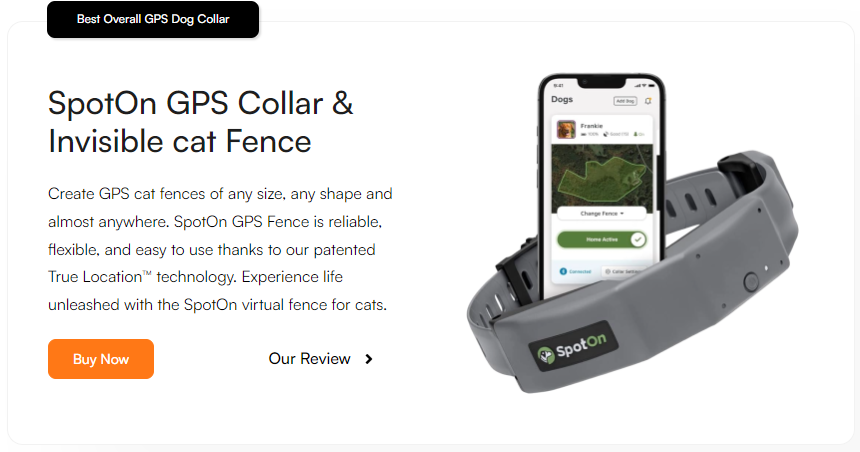
Table of Contents
GPS Tracking vs. Activity Tracking
Some fitness trackers for dogs offer GPS tracking in addition to activity tracking. While this may be a useful feature for some pet owners, it’s not always necessary. GPS tracking can be especially helpful if your dog enjoys outdoor activities, such as hiking or camping. However, if your pet primarily exercises indoors or in a well-fenced yard, GPS tracking may not be as important.
It’s important to choose a fitness tracker that meets your pet’s individual needs. By doing so, you can help ensure that your pet stays healthy and happy for years to come.
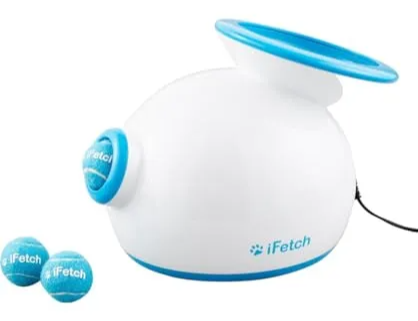
Top Fitness Trackers for Dogs
When exploring the top fitness trackers for dogs, consider features like tailored exercise recommendations and health metric tracking to address the specific needs of senior companions. These advanced devices pave the way for a personalized approach to your pet’s well-being, making the journey towards a healthier and happier life even more accessible. Here are some of the top fitness trackers for dogs!
FYI, this section include affiliate links. If you buy anything through these links, we earn a commission at no extra cost to you.
Tractive GPS Dog Tracker: For Adventurous Senior Pups (Our Top Pick)
Quick disclaimer: if you decide to purchase a SpotOn virtual fence for your pup through my referral link, I’ll earn a small commission at no extra cost to you. Also, this is not a sponsored review. I never delete the negative comments and talk about negative things compare to many other reviews.
Due to ongoing supply issues with electronics, the SpotOn fence might not occasionally go out of stock. If you see it available and decide it’s right for you, I recommend grabbing it right away.
The Tractive GPS tracker is designed for pets who love to explore. It offers live location tracking, so you can always know where your pet is, even if they’re off-leash. The device syncs up with a mobile app, making it easy to monitor your pet’s location and activity levels. The unit is also waterproof and rugged, making it perfect for outdoor adventures.
The Tractive GPS app allows you to set activity goals for your dog and track their progress. You can also monitor their location in real-time and set up virtual fences. The device is easy to use and can be attached to your dog’s collar. The Tractive GPS is an excellent tool for pet owners who want to ensure their dog’s safety and keep them active.

FitBark: The Ultimate Dog Fitness Tracker
The FitBark is a comprehensive fitness tracker for pets that monitors your dog’s activity around the clock. It provides real-time data on your pet’s activity levels, including rest, activity, and playtime. This device is perfect for pet owners who want to keep track of their dog’s fitness levels. The FitBark is also lightweight and water-resistant, making it ideal for any activity level or environment.
The FitBark app allows you to set fitness goals for your dog and track their progress. You can also compare your dog’s activity levels with other dogs of the same breed and age. The device is easy to use and can be attached to your dog’s collar. It is an excellent tool for pet owners who want to keep their furry friends healthy and active.
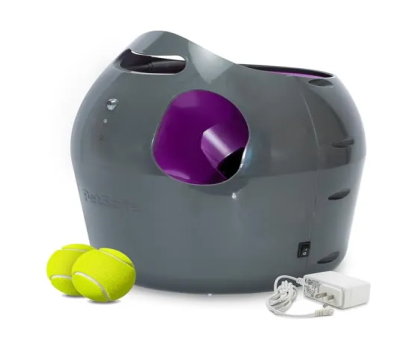
Whistle Go: Advanced Health and Location Tracker
The Whistle Go fitness tracker offers advanced features like GPS location tracking and real-time health monitoring. This device is perfect for pet owners who want to stay on top of their pet’s fitness and health at all times. The Whistle Go also has a sleek, modern design, making it an attractive accessory for any pet.
The Whistle Go app allows you to set custom activity goals for your dog and track their progress. You can also monitor their location in real-time and set up safe zones. The device is waterproof and durable, making it perfect for outdoor activities. The Whistle Go is an excellent investment for pet owners who want to ensure their dog’s safety and well-being.
How to Choose the Right Fitness Tracker for Your Dog
So, which one should you go with? Let’s finish off with a few tips to help you decide.
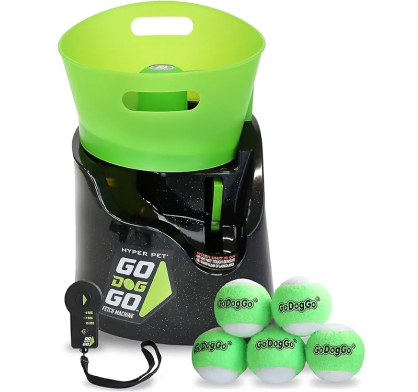
Assessing Your Dog's Activity Level and Needs
The first step in choosing a fitness tracker for your dog is to assess its activity level and needs. Consider things like their age, weight, breed, and overall health when making your decision. A sedentary, older dog may not need the same level of tracking as a high-energy breed puppy.
Considering Your Budget and Desired Features
When choosing a fitness tracker, it’s essential to consider your budget and desired features. Some devices can be quite expensive, while others are more affordable. Think about which features are most important to you, whether that’s GPS tracking, health monitoring, or real-time activity updates.
Reading Reviews and Comparing Options
Finally, before making a purchase, be sure to read reviews and compare options. Consider things like battery life, durability, and ease of use when making your decision. With so many options on the market, it can be helpful to narrow down your choices by reading reviews from other pet owners who have used the device themselves.
Conclusion
In conclusion, using a fitness tracker for your dog is an excellent way to keep them healthy, happy, and active. With so many options available, choosing the right device can be overwhelming, but assessing your pet’s needs, considering your budget, and reading reviews can help make the decision easier. A high-quality fitness tracker can be an invaluable tool in helping your pet live their best life, so why not consider investing in one for your furry friend today?
Pros and Cons at Glance
- Financial Protection
- Access to Quality Care
- Peace of Mind
- Preventive Care Options
- Monthly Premiums
- Exclusions and Limitations
- Upfront Payments
- Complex Policies
Advantages of Pet Insurance

Pet insurance helps cover the cost of unexpected veterinary bills for accidents and illnesses, protecting you from significant out-of-pocket expenses. Monthly premiums make it easier to budget for your pet’s healthcare needs.
Insurance allows you to afford a wider range of treatments and procedures, including emergency care, surgeries, and specialist consultations. Some plans include coverage for preventive care such as vaccinations, dental cleanings, and annual check-ups.
Disadvantages of Pet Insurance
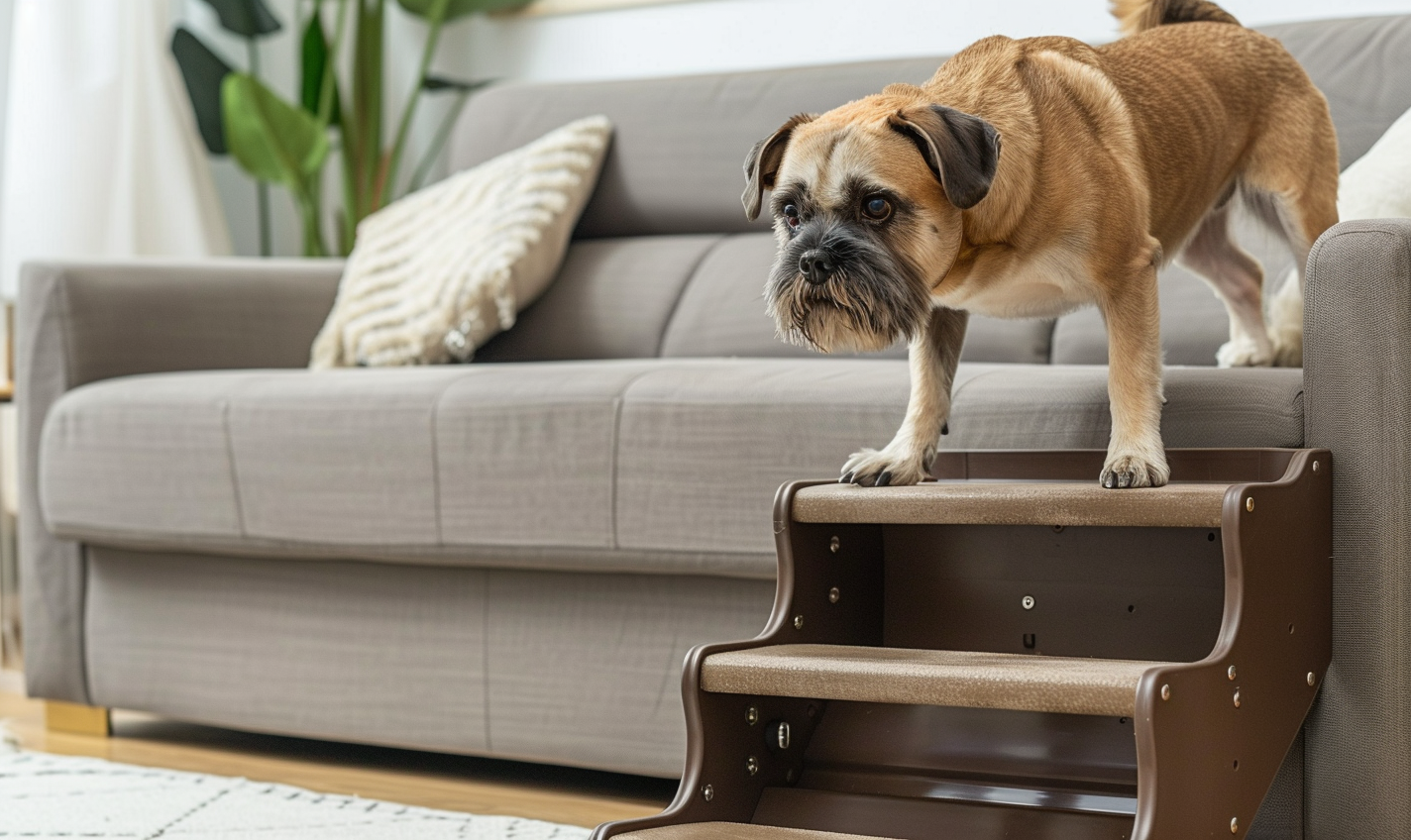
The need to pay monthly premiums can add up, and if your pet remains healthy, you might feel like you’re not getting your money’s worth. Pet insurance typically does not cover pre-existing conditions, which can be a significant drawback if your pet has ongoing health issues.
Certain policies exclude hereditary or breed-specific conditions, limiting the coverage available. Most pet insurance plans operate on a reimbursement basis, meaning you must pay vet bills upfront and then wait for reimbursement, which can take time.
Author
Ryan
Writer

